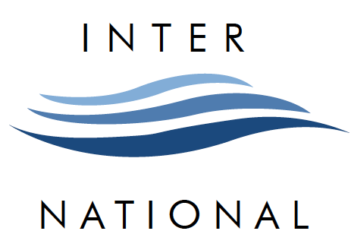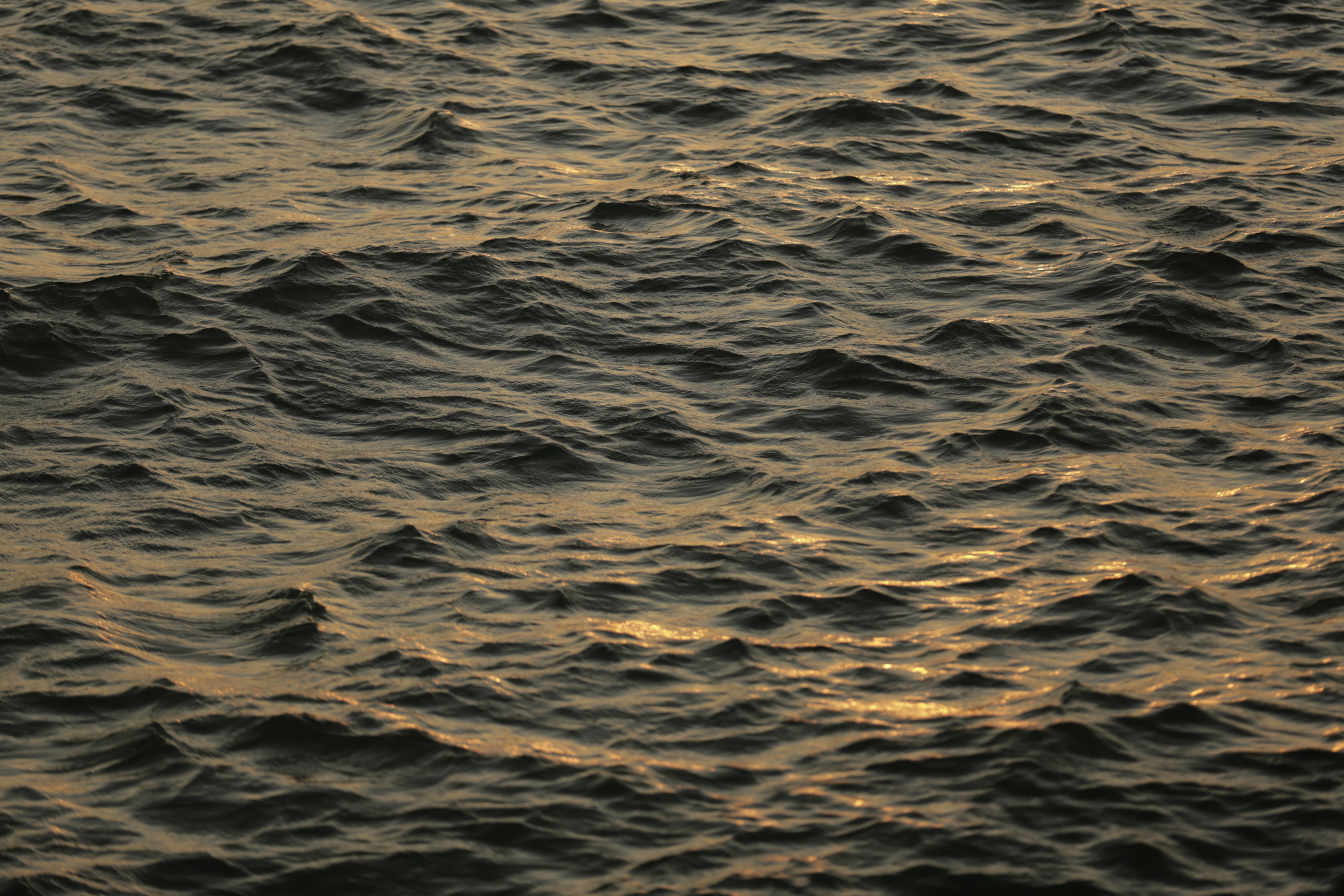When we think of surfing, we often imagine an environmentally-friendly sport, don’t we? After all, what could be greener than a surfer and their board gliding over the waves? But if we take a closer look, we might find that the ecological footprint of surfing is larger than we first thought. Between the kilometers traveled to reach the spot, the oil-derived wax rubbed on a board manufactured on the other side of the world, these details raise important questions. But do not be discouraged! With some mindful choices, you can embrace sustainable, even regenerative, surfing practices.

Surfers and their connection to the Ocean
Willpower is paramount. And surfers have it in spades! Thanks to their deep bond with the ocean, they are often deeply involved in protecting the environment. And with the growing number of surfers worldwide, it is encouraging to think that this increase mirrors a rise in environmental consciousness. Imagine if everyone on Earth practiced a water sport—awareness of environmental issues would be universal, attention to conservation would be heightened, and the planet might be saved. While this is an idealistic vision, what is certain is that today’s surfers can be sensitive to these causes and act accordingly. If you are reading this article, you are probably one of them!
A sustainable surf trip is a real possibility!
As mentioned earlier, surfers are willing to travel miles, even across the globe to chase the perfect wave (remember their unshakeable willpower?). A surf trip is every surfer’s ultimate dream. But there is more to these adventures than just hitting amazing spots, look cool and catching epic waves on the other side of the world. Surfing can significantly benefit the environment and local communities. A sense of community is fundamental in surfing. So, why not use our journeys to connect with new people and leave a positive impact? By embracing a regenerative approach to surfing and travel, we can make a difference. Let’s ride the waves and make our mark sustainably! [Learn more about regenerative surfing here]
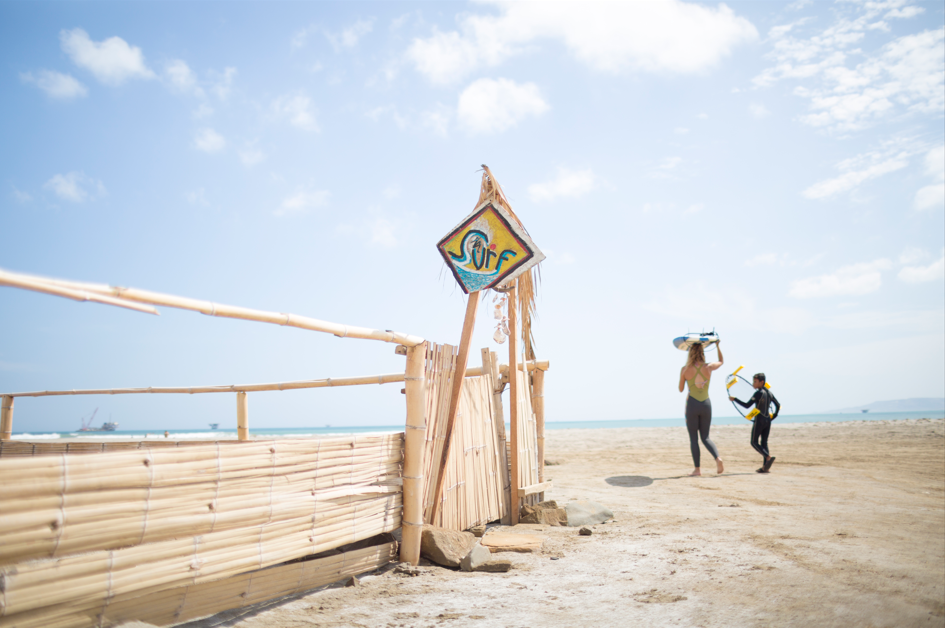
Guide to the best sustainable destinations
As we know that the passionate surfer you are is always on the hunt for the perfect wave and the ideal spot, we have created a guide to the best sustainable destinations. After all, if you are going to travel to surf, why not do it in a way that honors the values of surfing? So, grab your board and join us on this journey!
Eco-friendly destinations
Costa Rica
Costa Rica is widely recognized as a premier green destination, and for good reason. This Central American paradise is celebrated for its dedication to preserving its rich biodiversity and pristine beaches. The Costa Rican government has implemented strict environmental regulations, with over 25% of its territory protected by the SINAC (National System of Conservation Areas) in the form of national parks or reserves. You can soak in the stunning landscapes while catching the perfect waves in Santa Teresa or Jacó, all with the assurance that these natural playgrounds are safeguarded by robust conservation efforts and sustainable tourism practices.
Australia
In Australia, the Great Barrier Reef Marine Park Authority has implemented significant measures to protect the fragile coral reefs, ensuring that iconic surf spots such as Noosa and Byron Bay remain pristine and healthy. These measures include regulating tourism and promoting the use of reef-friendly sunscreens.
Across the country, some surf spots and beaches that are considered an integral part of the Australian coastal lifestyle are protected for life! The National Surfing Reserves (NSR) organization designates these areas as emblematic locations, rich in environmental, heritage, sporting, and cultural value. These reserves are cherished treasures for surfers worldwide. I highly recommend visiting Killalea Beach, Maroubra, and Manly, some of New South Wales’ finest beaches.
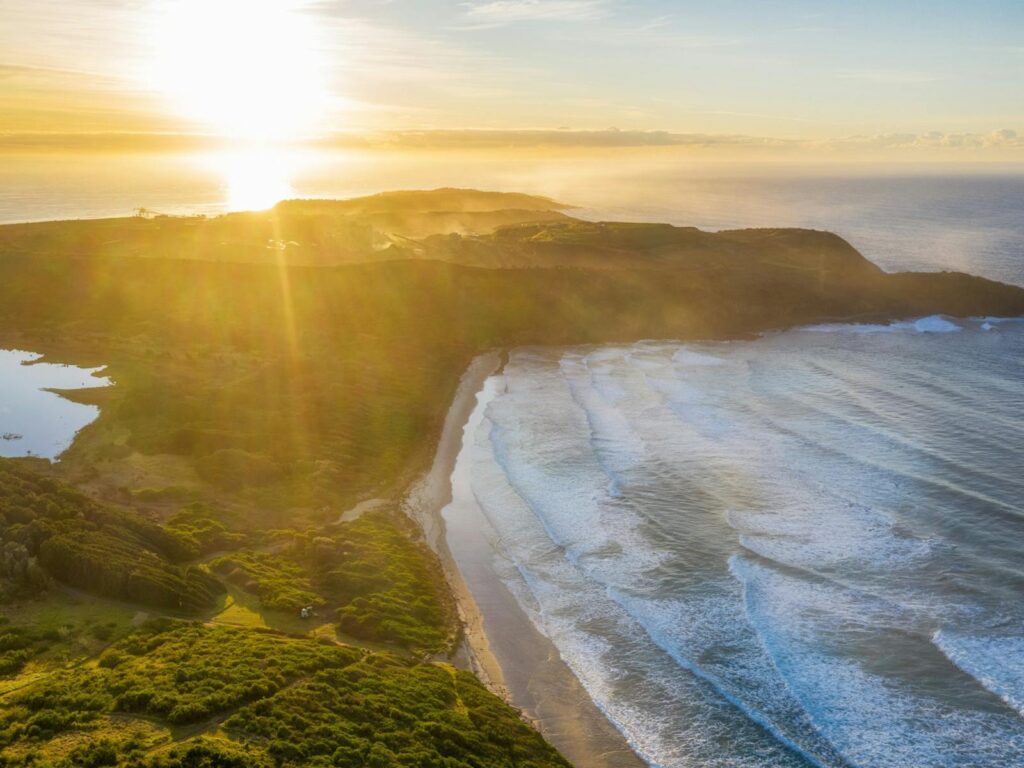
France
The association Hydrodiversité has established the first wave reserve in France, located in Quiberon, Brittany. This initiative aims to preserve waves and marine ecosystems, ensuring that future generations can continue to enjoy these exceptional natural sites.
In fact, this type of initiative is gaining popularity worldwide. Notably through the flagship project World Surfing Reserves of the Save The Waves association, which protects spots all over the world: Australia, Peru, Portugal…
Community & culture-focused destinations
Peru
In Lobitos, Peru, sustainable development and regeneration initiatives focus on education and community involvement, thanks in particular to the work of WAVES. Their focus on education and community engagement has brought significant benefits to the area. Educational projects for children and training programs in business management and tourism are empowering local residents to capitalize on the opportunities provided by surfing and tourism. These initiatives not only boost the economic and social well-being of the community but also foster values of conservation and environmental respect.
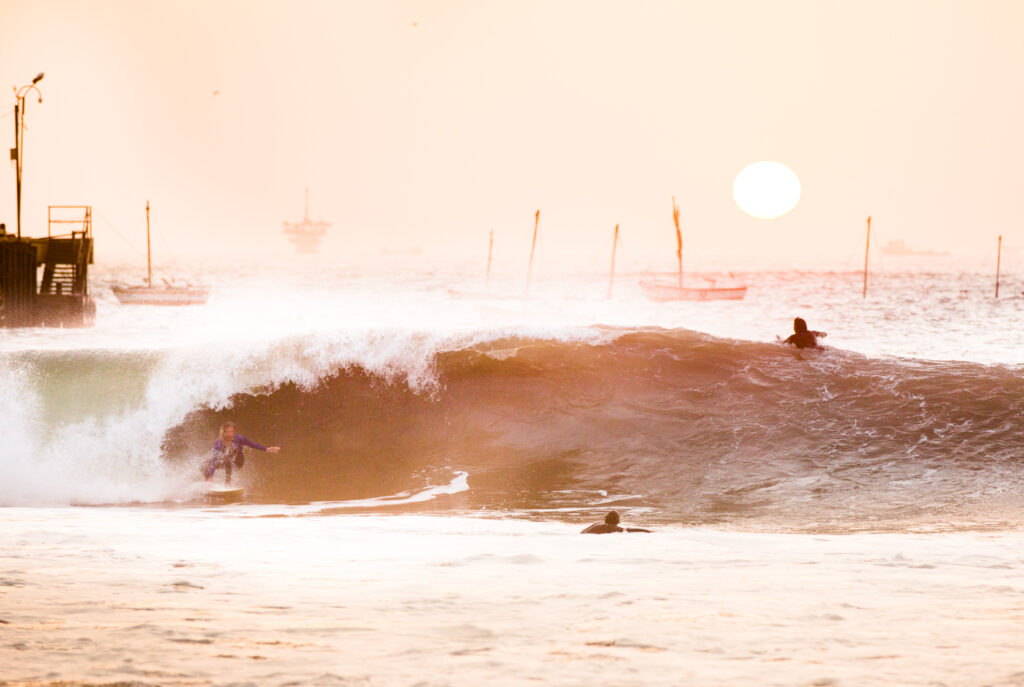
Hawaii, United States
Hawaii, the ultimate dream destination for every surfer. Over there, surfing is not just a sport but a way of life, deeply woven into the local culture and traditions. Visiting the island of Oahu offers a unique opportunity to immerse yourself in a community that cherishes and preserves its rich heritage. The Hawaiians’ profound connection with the ocean is well-known, fostering both physical and mental well-being. Hawaiian culture venerates the ocean as a source of life and spiritual renewal.
Surfing in such a place is not just about beautiful waves and scenery, it is also about being part of a community that values health, respect for nature and local traditions. A surfing trip to Hawaii transcends the typical surf trip, offering a genuine cultural immersion that stays with you long after the waves have been ridden.
Morocco
Taghazout, the premier surfing destination in Morocco, is home to numerous social initiatives. I encourage you to explore the community projects of Surf Berbere. One of their remarkable initiatives uses surfing as a tool for community development, allowing wealthier parents to subsidize lessons for children from less affluent families. Another initiative involves volunteers engaging with school children to help them improve their English, a crucial skill for the growth of tourism and the future opportunities for these young learners.
Switzerland, Ride For The Cause
For over a decade, the Ride For The Cause event in Montreux has been a summer tradition, raising funds for the NGOs WAVES for Development and Summit Foundation. These funds support education and environmental projects. Each year, a large crowd gathers at Pierrier Beach to enjoy paddle surfing and various activities, fostering community spirit and shared purpose.

Economically sustainable destinations
Indonesia
Indonesia has emerged as a new surfing paradise in recent years, boasting renowned spots like Bali and Lombok. These areas have become premier destinations for adventure-seeking surfers. Surf tourism, alongside general tourism, serves as a significant economic driver, generating employment and supporting local businesses. Sustainable tourism initiatives in Indonesia prioritize minimizing environmental impact while maximizing economic benefits for local communities. Increasingly, eco-friendly accommodations are appearing in popular surfing regions, such as the Mana Eco Retreat in Lombok, which offers yoga and surfing sessions.
Morocco
Taghazout in Morocco, a surfing destination we previously highlighted, exemplifies how sustainable development can transform a small fishing village into a vibrant surfing hub (much like the story of Lobitos, Peru, mentioned earlier in this article). The surf culture is steadily taking root in the village, with new facilities being built to accommodate tourists seeking new waves. If you are a road trip enthusiast, there are designated areas to park your van. It is the ideal spot for European tourists craving warmth during the long winter months.
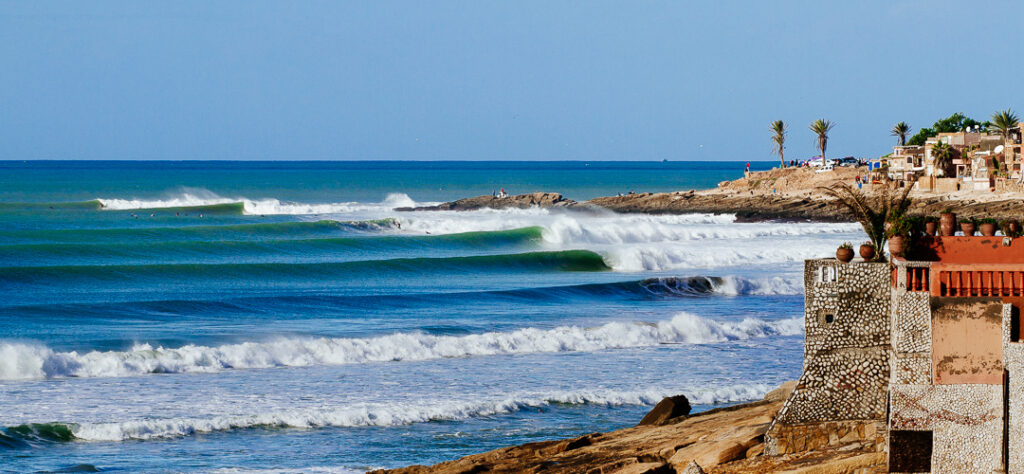
Salvador
La Libertad, El Salvador, is emerging as an economically sustainable surfing destination, driven by its commitment to responsible tourism. The region, renowned for its ideal surfing waves, draws surfers from around the globe. Local initiatives prioritize supporting community businesses, including surf schools, restaurants, and hotels managed by residents. Collaborative efforts between the government and NGOs are enhancing infrastructure, creating jobs, and bolstering the local economy.
